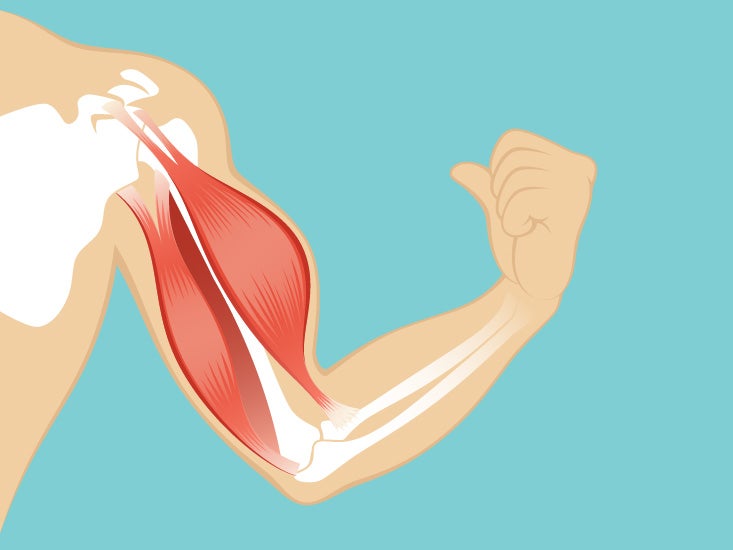

Ruptures can cause weakness in the shoulder, arm or hand and can even make certain muscles unusable. This is a more serious injury than neuropraxia. In cases where a recovery is not anticipated amputation may be recommended to prevent the limb from being accidentally injured and to remove the source of neuropathic pain. In a brachial plexus rupture, a forceful stretch causes the nerve to tear, either partially or completely. Pain medications are often used to reduce neuropathic pain. Physical therapy can speed up this process. If a partial injury exists recovery can occur but may take months depending on the severity. If the limb has lost all feeling, the prognosis for recovery is poor. Brachial plexus injuries most commonly result from motor vehicle accidents, gunshot or stab wounds, contact sport accidents, or workplace accidents during heavy physical labour. The prognosis depends on the severity of the injury. There is no specific treatment for this injury. Electrodiagnostic studies (EMG / NCV) may be recommended to determine the severity of injury and to help determine the prognosis of recovery. Radiographs may be recommended to look for concurrent injury to the bones. Their vision is not affected.Ī diagnosis is typically made from the neurological exam and recent history of trauma. Horner’s syndrome affects the sympathetic innervation to the eye on the same side as the injury resulting in a small pupil, a droopy upper eyelid, a raised third eyelid, and a sunken appearance to the eye. A condition called Horner’s syndrome can also occur following brachial plexus injury. Clinical signs occur immediately after the injury and consist of weakness / lameness (partial injury) or complete paralysis without feeling to the leg (complete avulsion). A partial injury can occur when the nerves are only damaged or stretched. A brachial plexus avulsion occurs when these nerves are completely torn. Coccygeal plexus: This plexus serves a small area near your tailbone.The brachial plexus is a group of nerves located in the armpit area, where the front leg joins the shoulder blade and the chest, that is responsible for movement and feeling.Bundles of nerves that form a plexus communicate information to your brain about pain, temperature, and pressure. These bundles typically originate from the same anatomical area and serve specific areas of the body. Other nerves that originate from the sacral plexus innervate your gluteal and piriformis muscles of your hips. A plexus is a bundle of intersecting nerves, blood vessels, or lymphatic vessels in the human body.
#Complete anatomy brachial plexus skin
Your sciatic nerve comes from this plexus and serves the muscles and skin of the back of your thighs, lower legs, and feet. Sacral plexus: The sacral plexus originates from lumbar level four through sacral level four.Branches of the lumbar plexus also innervate areas of your pelvic girdle and genital area. These nerves supply motor information to your hip and thigh muscles and communicate sensory information from your thighs and hips to your brain.

Two major nerves originate via the lumbar plexus-the femoral nerve and the obturator nerve.



 0 kommentar(er)
0 kommentar(er)
